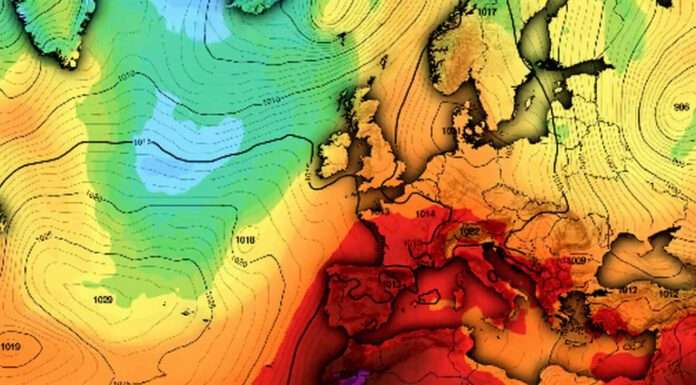European Summer Temperatures: A Historical Overview
Since the beginning of the 19th century, Europe has experienced notable variations in its summer temperatures. According to the EUROSTAT report (2021), the average summer temperature has increased by about 1.5°C between 1850 and 2020, with extreme peaks reaching 40°C in several European countries over the past decades. The decade 2010-2020 was the hottest ever recorded in Europe, with particularly marked summers in 2019 and 2020, where records were broken in France and Spain.
NASA data indicates that summer temperatures, particularly in the south and east of Europe, are increasing faster than in other regions of the world, exacerbating heatwaves and increasing the risk of fires. In parallel, the European Environment Agency has noted that extreme weather events are multiplying, affecting not only the environment but also public health and local economies.
The Psychological Impact of Temperature Variations
Perceptions of summer temperatures vary considerably from one generation to the next. For a 30-year-old individual, past summers may seem less extreme, while a septuagenarian might remember scorching summers from their youth, like those of 1976 or 2003, which have left deep imprints in collective memory. Environmental psychologist Dr. Eliza Hargreaves emphasizes that this memory can influence how generations perceive current climate changes. It is essential to understand how these experiences shape attitudes towards environmental crises.
Indeed, a recent study published in the *Journal of Climate Psychology* reveals that dramatizing temperatures through striking visuals can elicit a strong emotional response, but it can also engender a feeling of helplessness in the face of the scale of changes. Older people, for example, may feel discomfort at the acceleration of climate changes, while younger ones may be motivated to act to prevent even more serious consequences.
The Colorimetric Method: An Awareness Tool
The illustration of summer temperatures on weather maps has evolved over the years. In the past, colors such as orange were used to represent high temperatures. However, with the increase in extreme temperatures, the shift to dark red in visual representations has been adopted to dramatize and alert the public to the risks associated with these temperatures. This visual change aims to make information more accessible, but raises questions about the need to dramatize data that, while concerning, can also be perceived as relative.
Colorimetric maps, although effective in capturing attention, can sometimes lead to a biased interpretation of climate data. That’s why it’s essential to accompany these visuals with explanatory contexts. The clarity of information, combined with accurate graphic representations, can help avoid misunderstandings and promote a more nuanced understanding of climate issues.
Towards Balanced Climate Communication
It is crucial to assess whether dramatizing summer temperatures in Europe is genuinely useful for raising future generations’ awareness of climate challenges. The boundary between information and propaganda is sometimes blurred, and it is necessary to maintain a balance that respects scientific facts while engaging the public. Statistical data must be presented in a way that informs without misleading or causing panic.
Research results on summer temperature variations show that effective communication relies on a clear and honest presentation of environmental issues. By incorporating reliable data and avoiding hyperbole, we can encourage constructive dialogue on measures to be taken to mitigate the effects of climate change while maintaining an authentic connection with reality.
In conclusion, as Europe continues to face increasingly hot summers, it is essential to use robust scientific data to inform the debate while fostering positive and informed citizen engagement in the face of the climate emergency.
This article aims to illuminate understanding of summer temperature variations in Europe while stimulating critical reflection on climate communication methods.
Sources:
| Assertion | Références (cliquables) |
|---|---|
| 📈 +1,5 °C à +2,2 °C depuis 1850 | Agence européenne pour l’environnement (EEA) – Financial Times |
| 🔥 Été 2024 record (+1,54 °C) | Copernicus Climate Change Service – Summer 2024 Overview |
| 🚀 Réchauffement plus rapide en Europe | Nature Geoscience (2024) – WMO Report 2023 |
| 🌡️ Vagues de chaleur 2019 et 2020 | Wikipedia – Heatwaves in Europe 2019 – Reuters – 2020 Hottest Year |
| 💀 Impacts humains et incendies récents | Le Monde – WMO Report 2022-2023 |
| 🧠 Conséquences psychologiques (suggestions) | Journal of Environmental Psychology – Climatic Change – Environmental Communication |
| 🎨 Évolution des codes couleurs météo | UK Met Office – AEMET Espagne |



